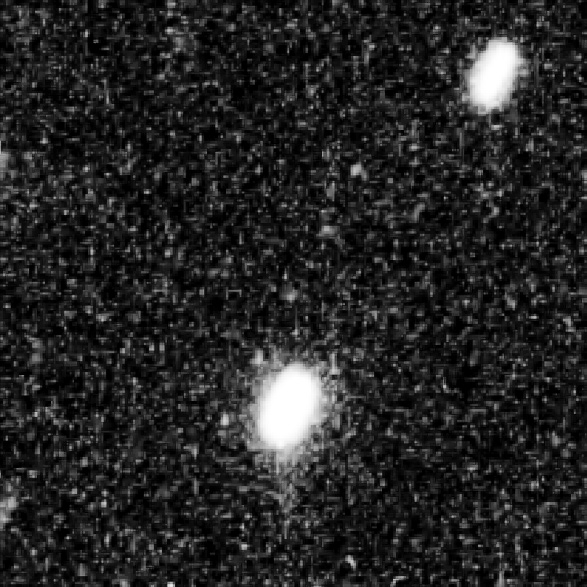
Any organization that pays to put something into space likes to get as much as it can out of its hardware. NASA is no different. So while New Horizons was built specifically to visit Pluto, there was always the hope that we’d spot something beyond the dwarf planet to send the hardware on to. But even as the rendezvous with Pluto kept getting closer and final trajectory corrections needed to be planned, ground-based searches were coming up blank. (They actually located some objects, but none that New Horizons could reach given its fuel supply.)
NASA then brought out one of the big guns: the Hubble. After a preliminary test of its ability to spot small objects beyond Pluto, the New Horizons team was given time for a full survey. The results are in: we now have additional destinations.
The objects in question are part of a large collection called the Kuiper Belt. KBOs, as they’re called, probably range from comet-sized to several that are larger than Pluto. The three that Hubble spotted are in the area of 25-55 kilometers (15.5 to 34.1 miles) across. All three are roughly a billion miles beyond Pluto. That's a lot, but New Horizons has already travelled about three billion miles since leaving Earth. Initial observations suggest that one can definitely be reached given New Horizons’ trajectory, and the two others are possible, but we need a bit more time to determine their orbital profile.
KBOs are thought to be remnants of the early Solar System, spread out in a cloud that was too diffuse to form bodies much larger than the dwarf planets we’ve observed. Visiting one will hopefully get us a clearer picture of KBOs in general, and it may provide some insights into the Solar System’s formation.
reader comments
36